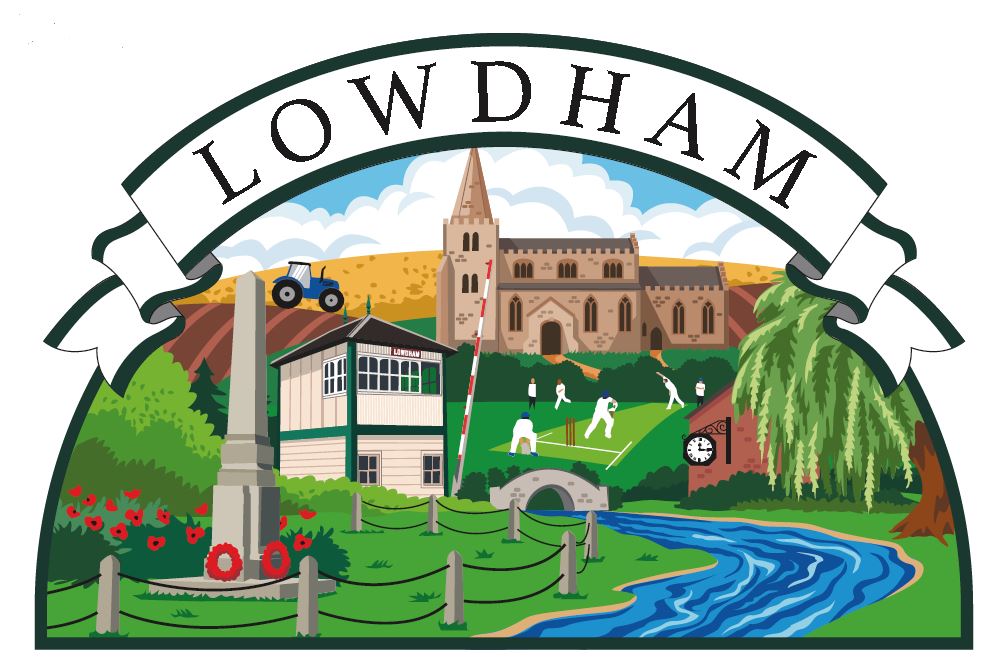History
The name Lowdham
This seems to be an old English masculine personal nickname, Hluda, + hām (Old English), village, a village community, a manor, an estate, a homestead., so ‘ Hluda’s homestead or village. However, the name Lowdham points also to a Danish origin (earlier Ludham and Ludholme).
Relics of the Middle Ages remaining are an alabaster slab and a figure of a knight in armour, in the chancel of the church, inscribed to the memory of Sir John de Loudham. The dog at the feet of the effigy suggests that Loudham was a warrior. According to one source, “Many of the Crusaders are represented with their feet on a dog, to show that they followed the standard of the Lord as faithfully as a dog follows the footsteps of his master.
The old church and the castle mound are to the west of the bypass. St Mary’s Church dates back to before the 14th century. In 1826 a Wesleyan Methodist Chapel (Top Chapel) was built in Ton Lane, and in 1844 an Independent Primitive Methodist Chapel (Bottom Chapel) appeared in the Main Street. The Ton Lane chapel closed in 1986. The Bottom Chapel continues in use as an Independent Methodist church.
To the north east of the bypass is Lowdham Mill. There is now little sign of the frame Knitting industry that was important in this area in the 19th century. In 1844 there were 94 stocking frames working in Lowdham.

